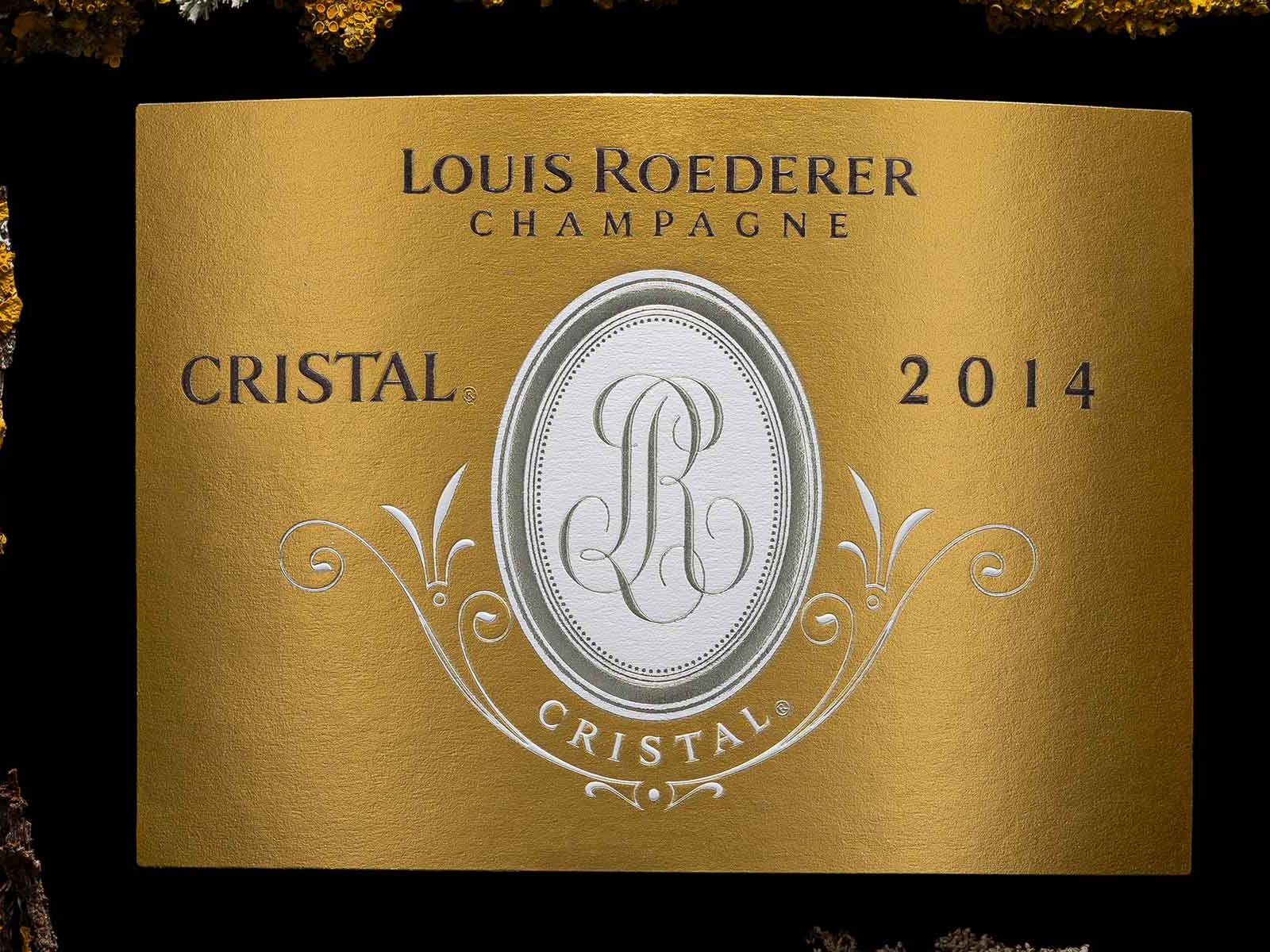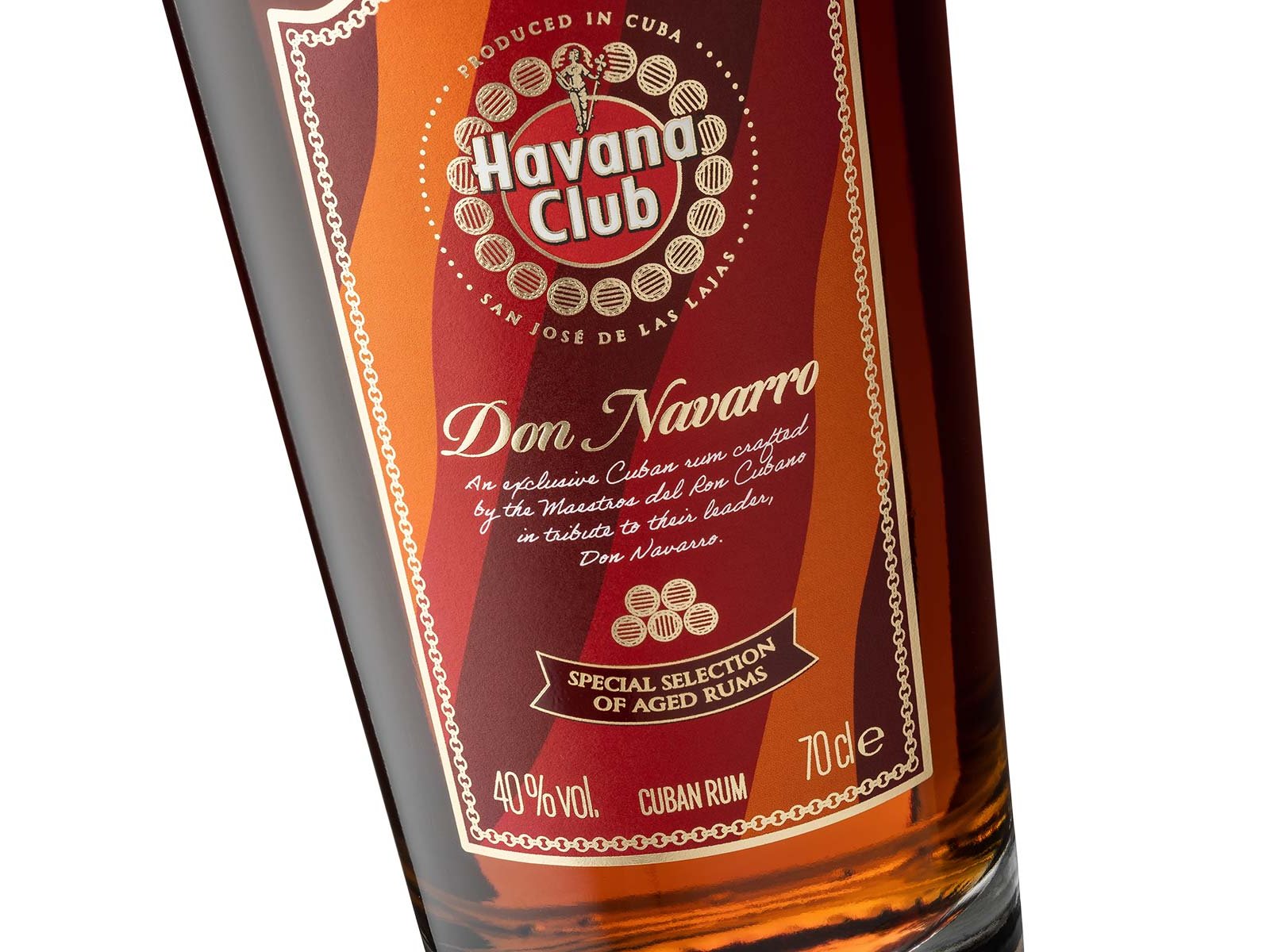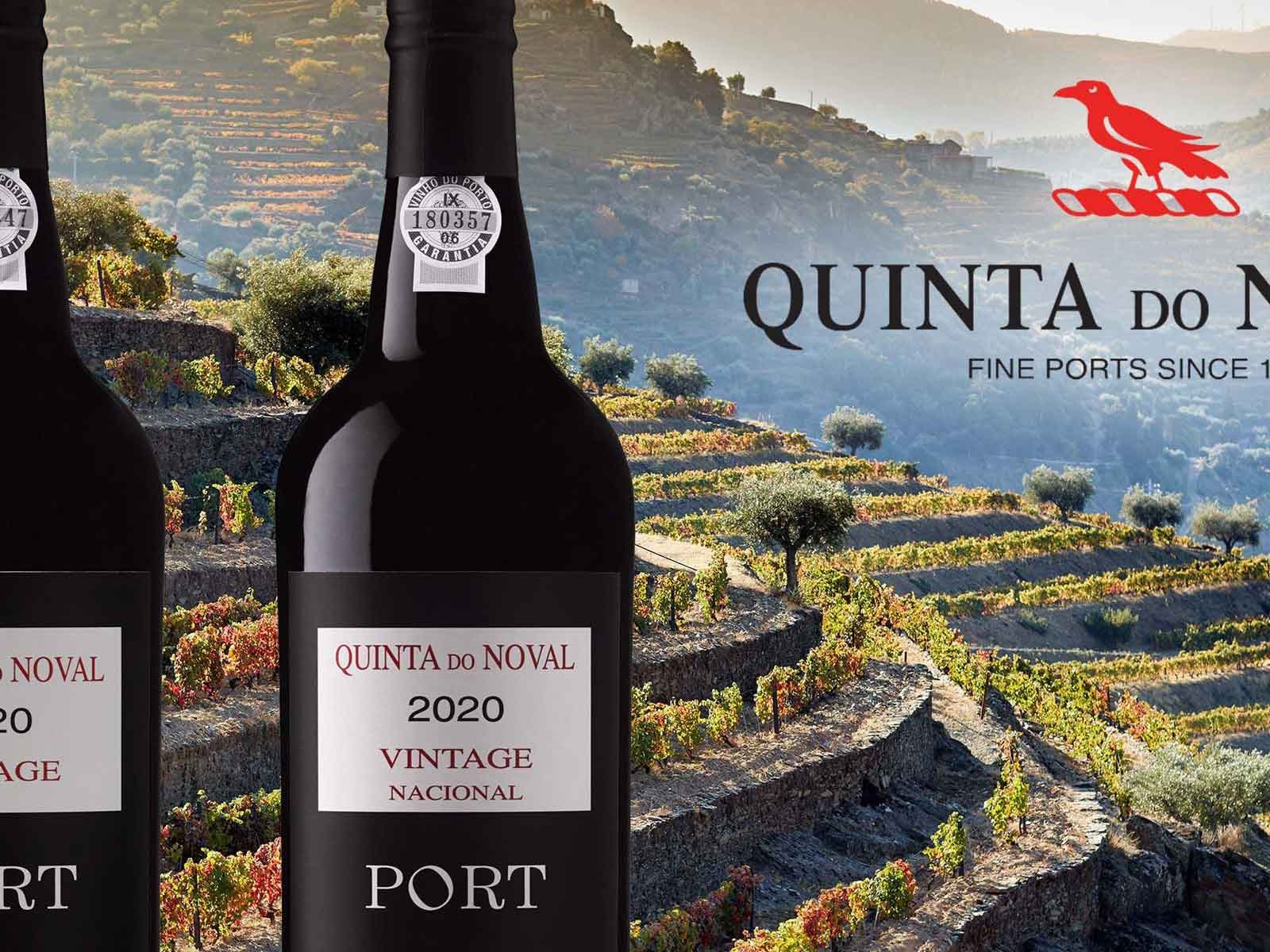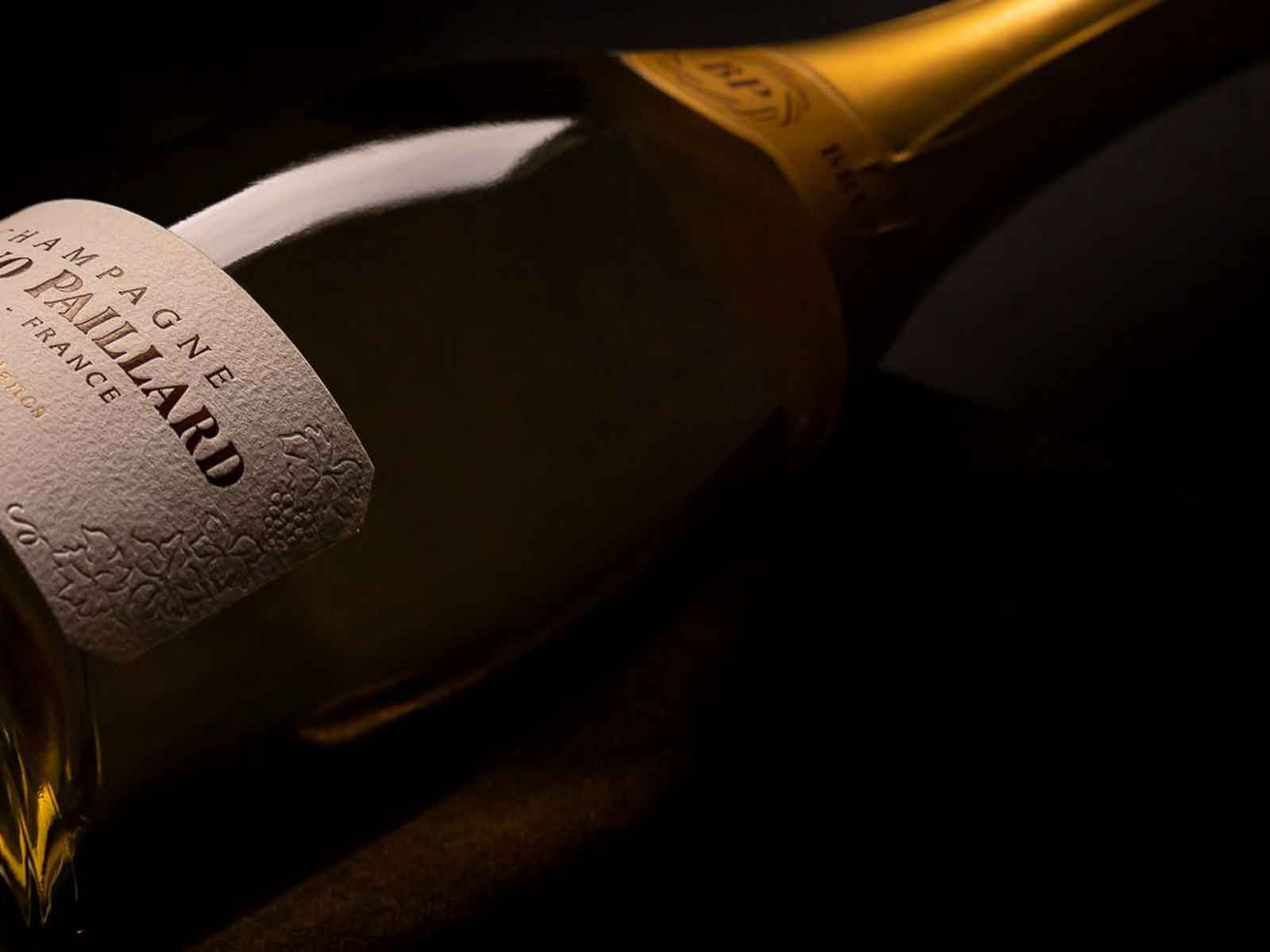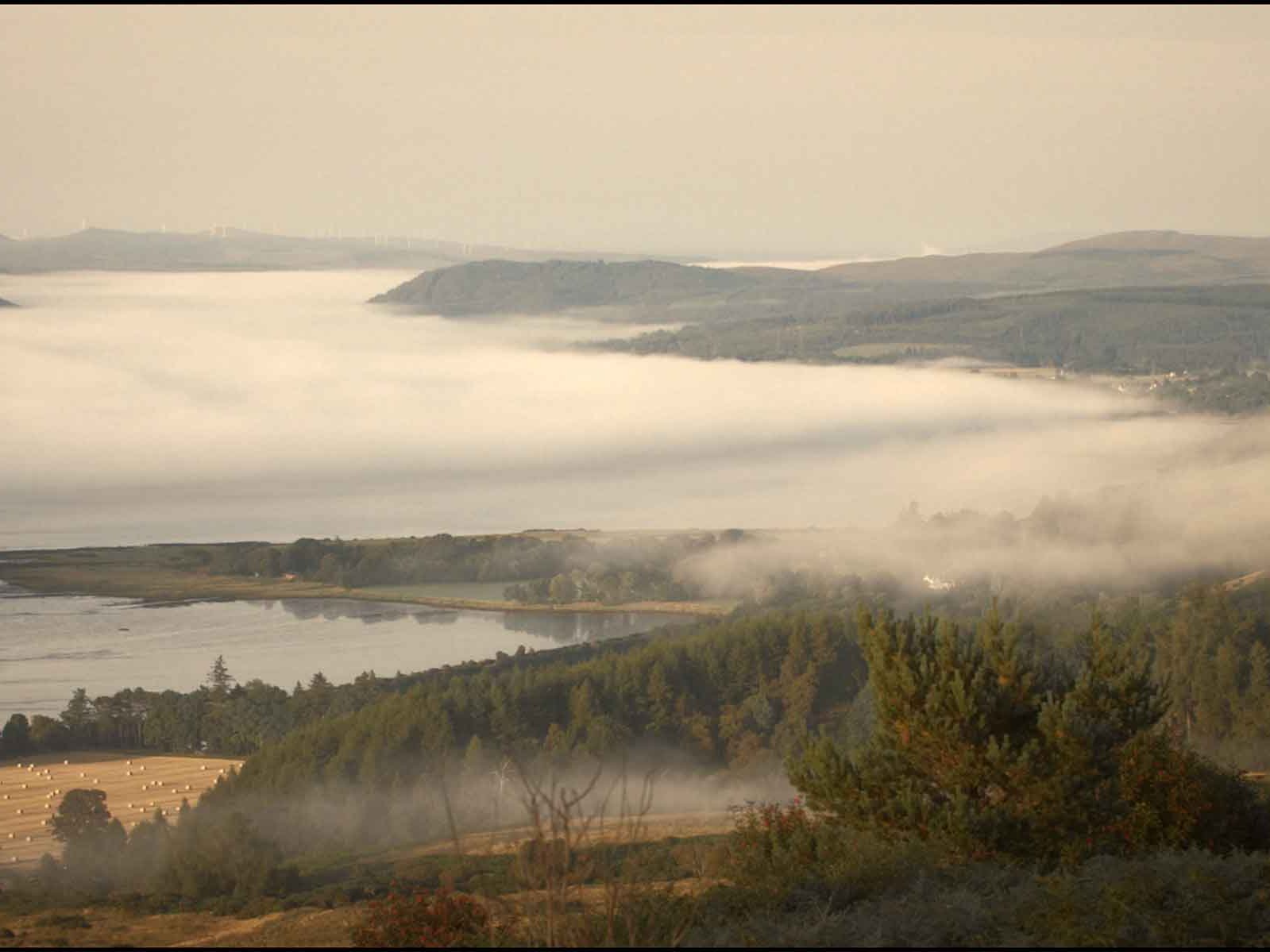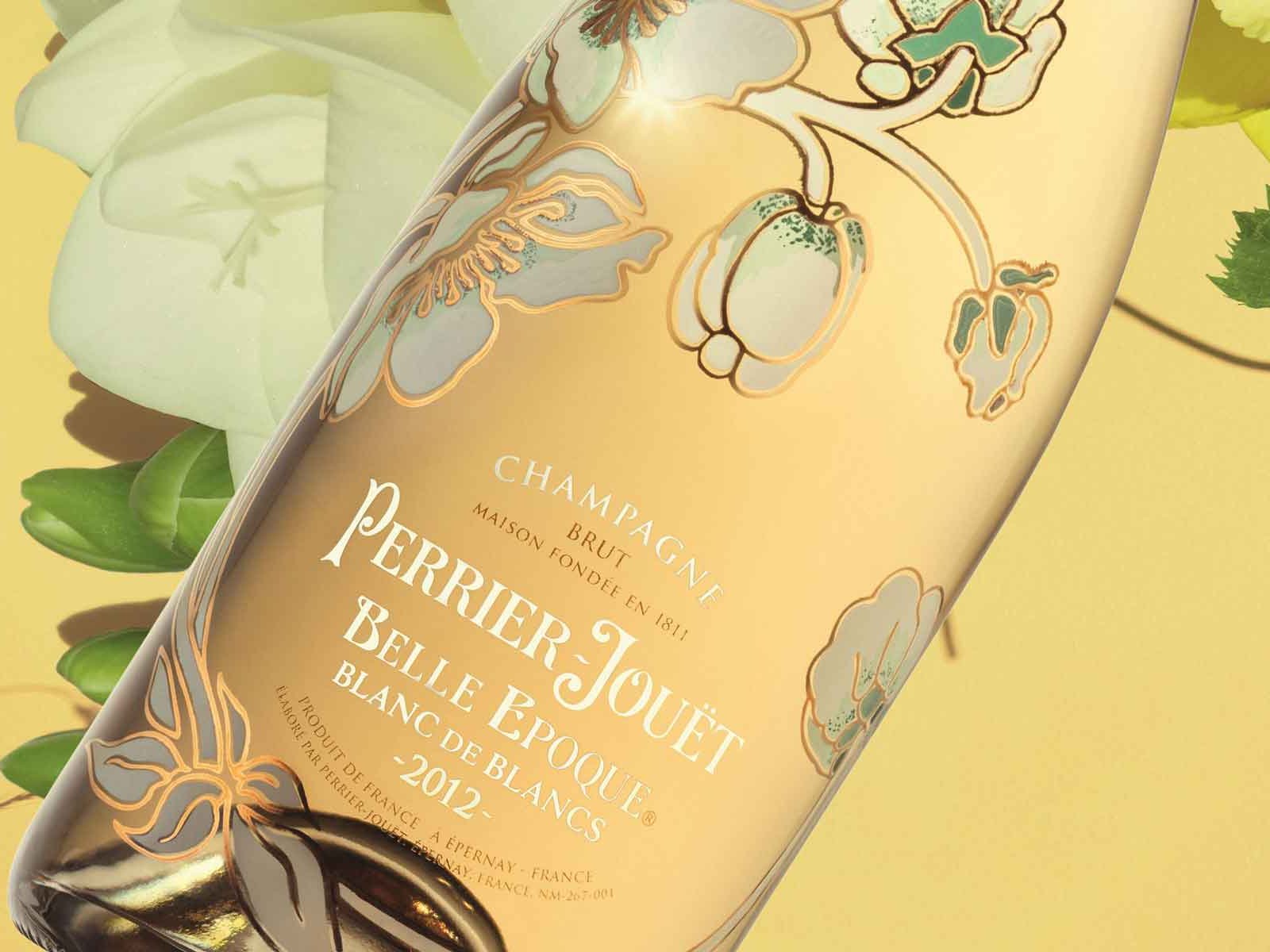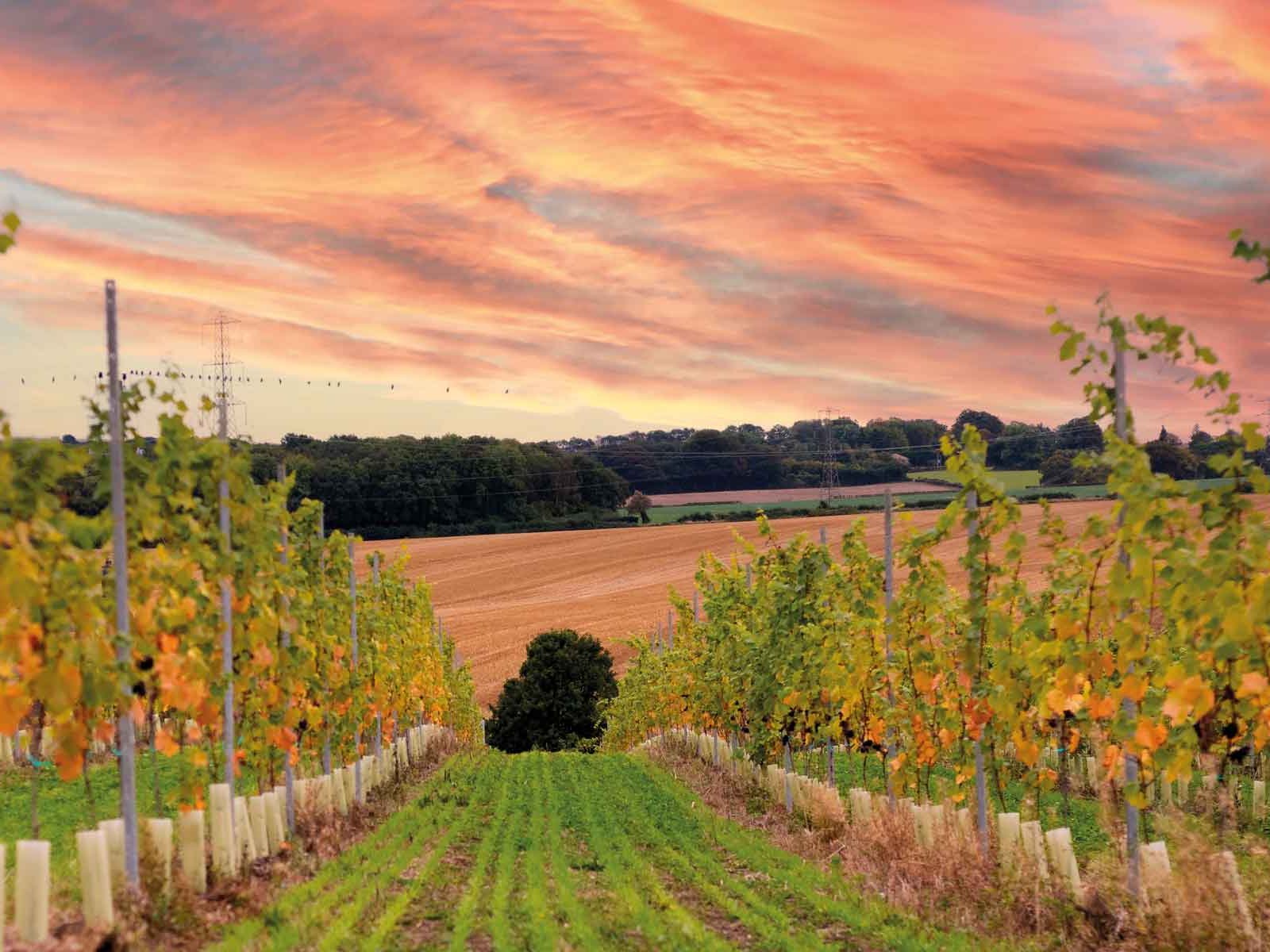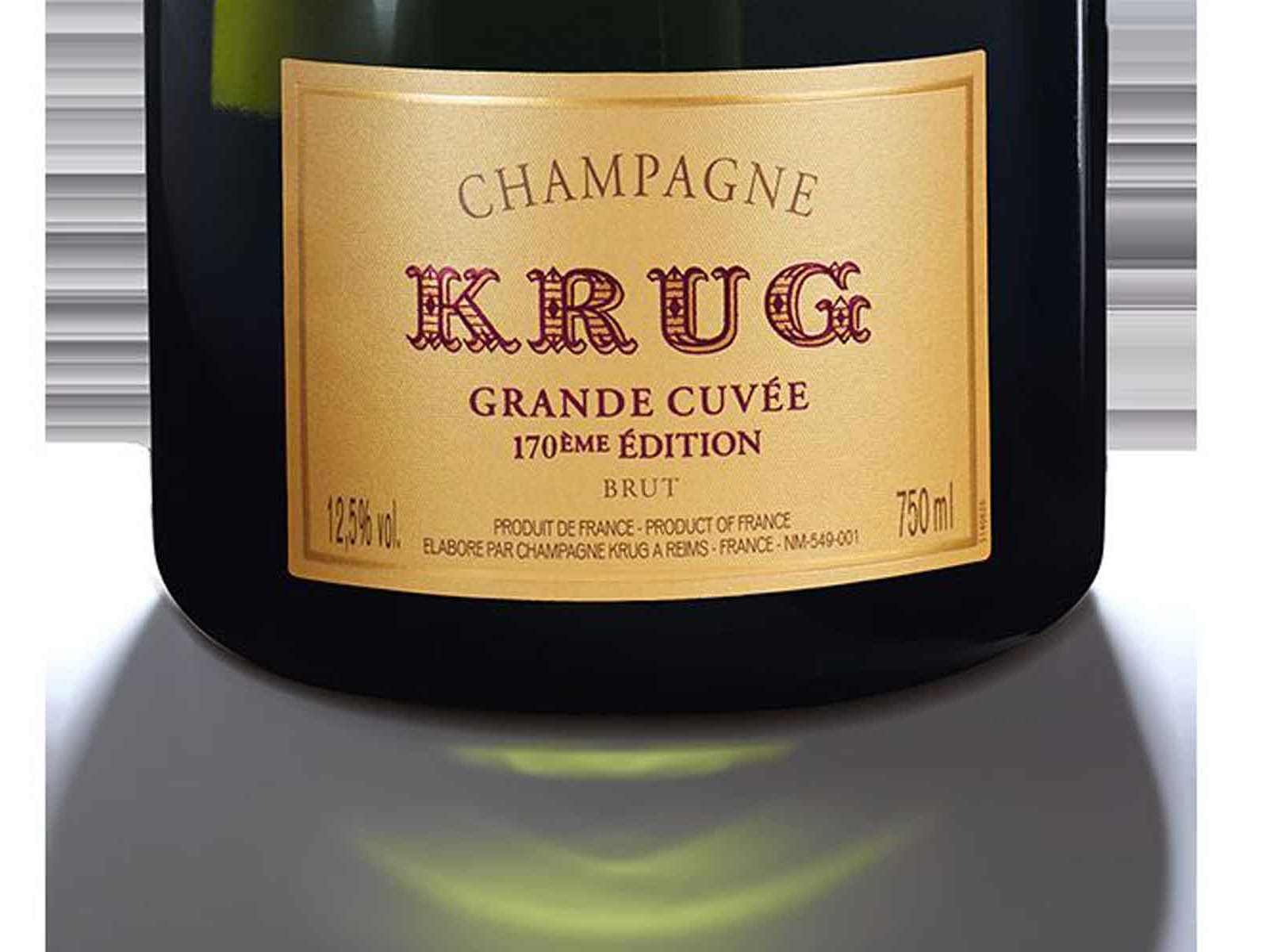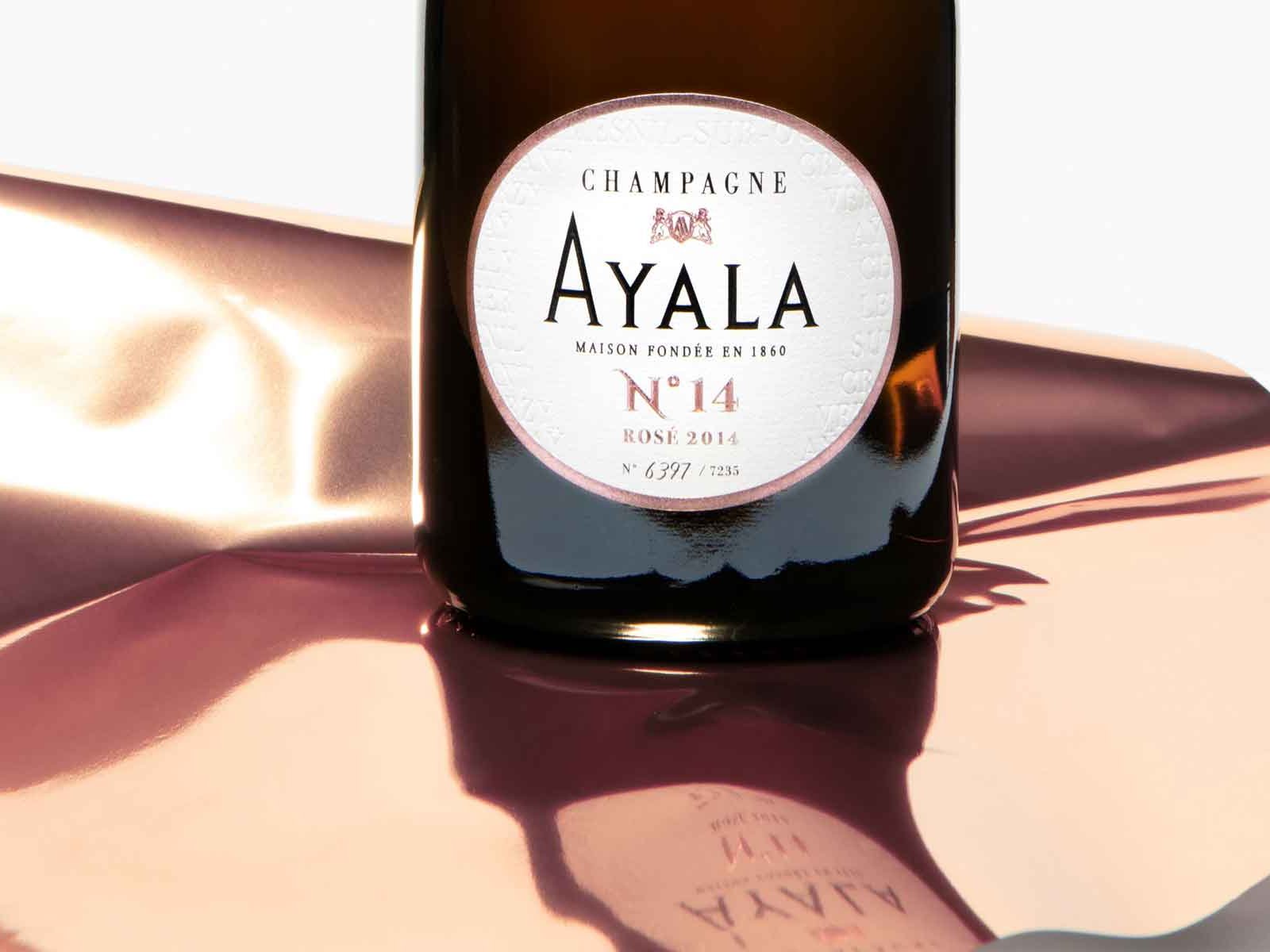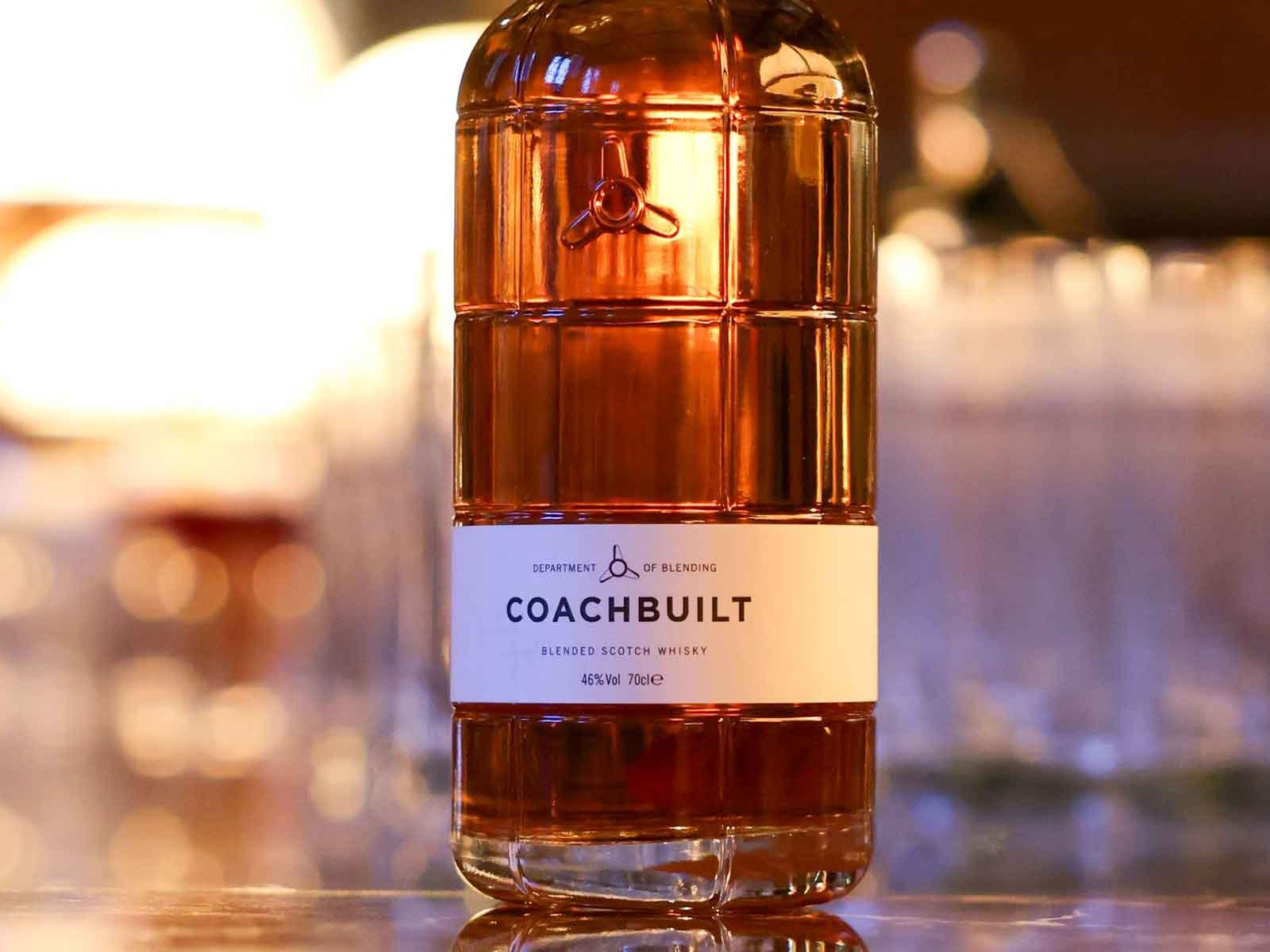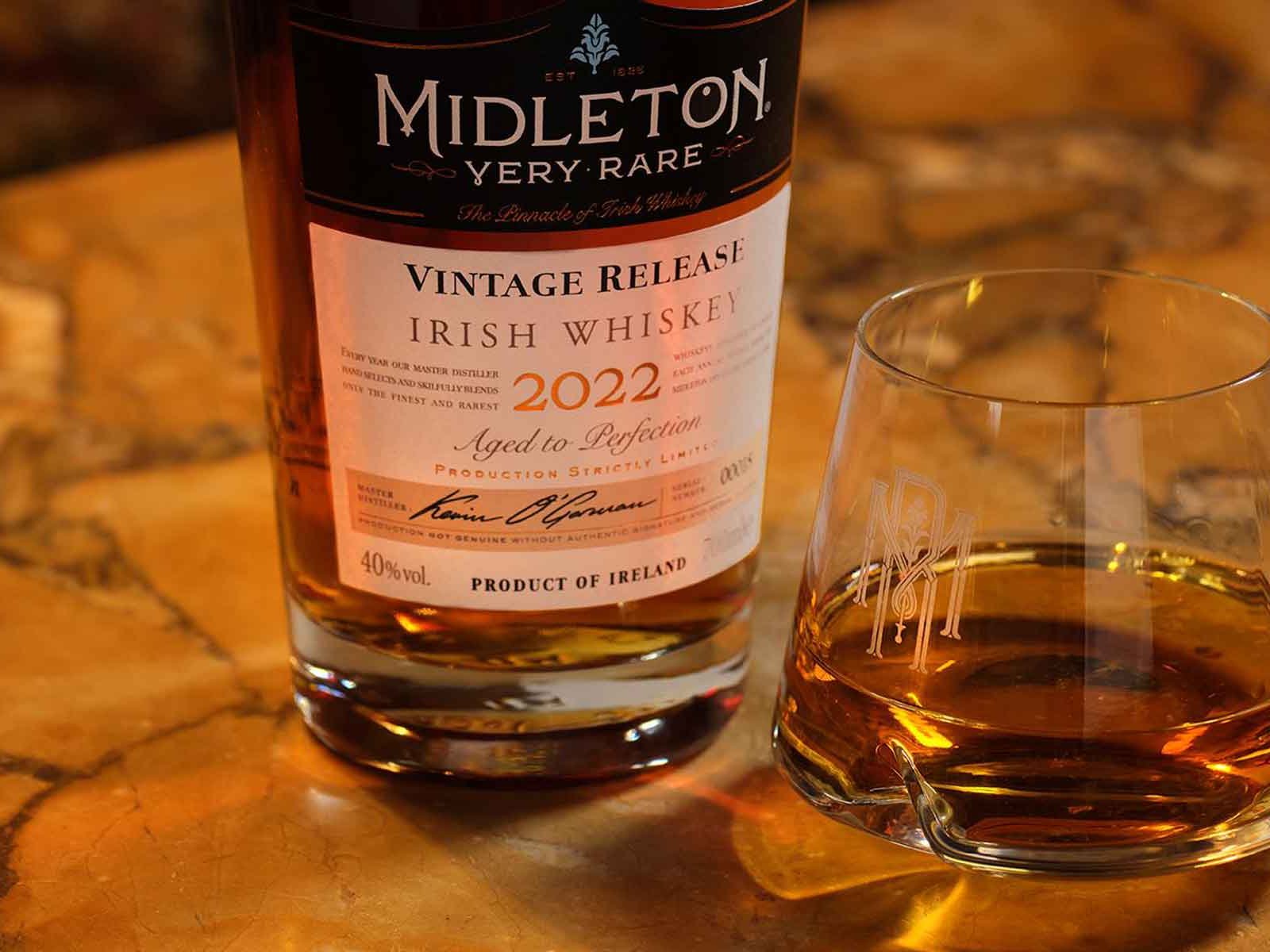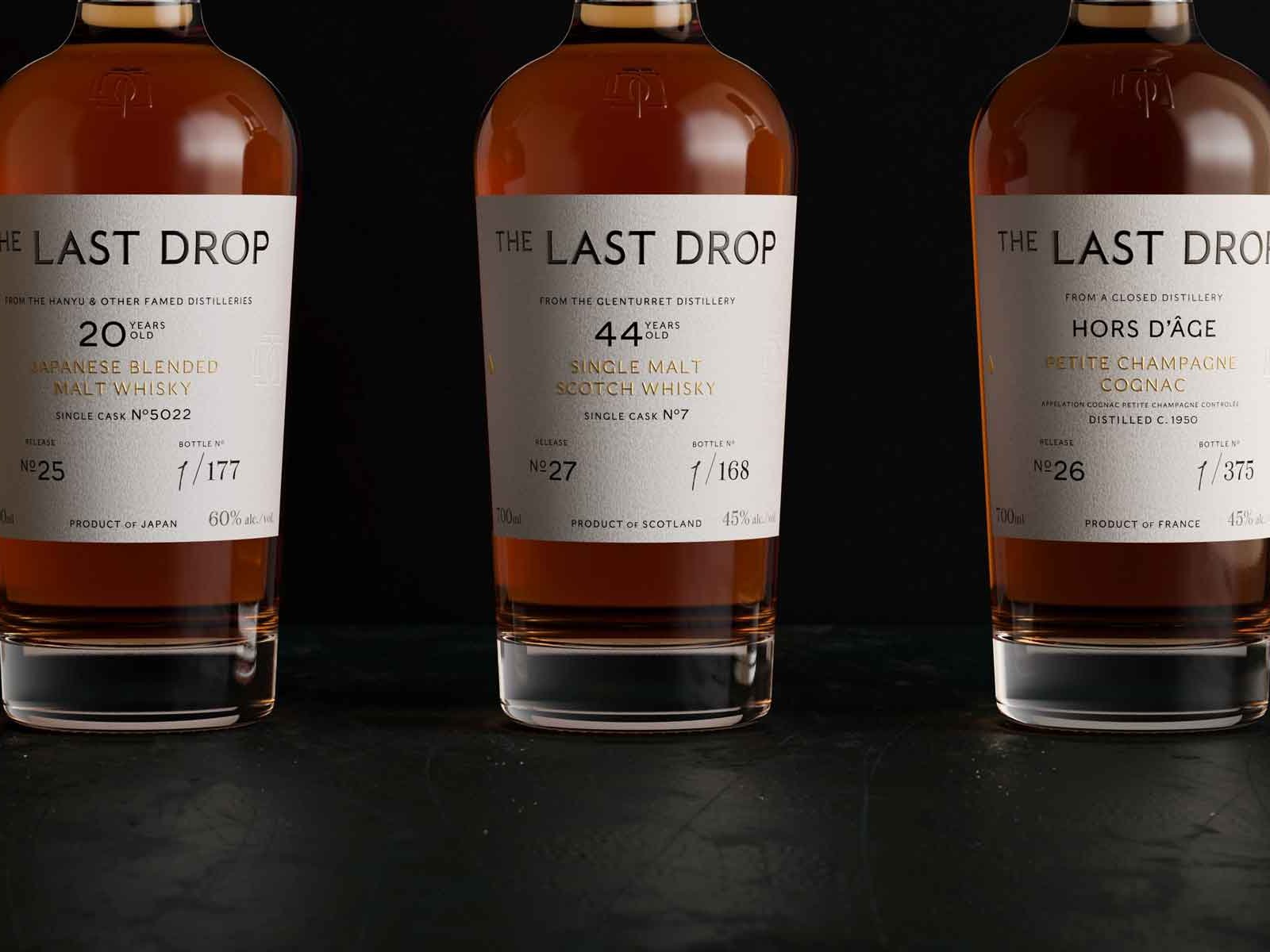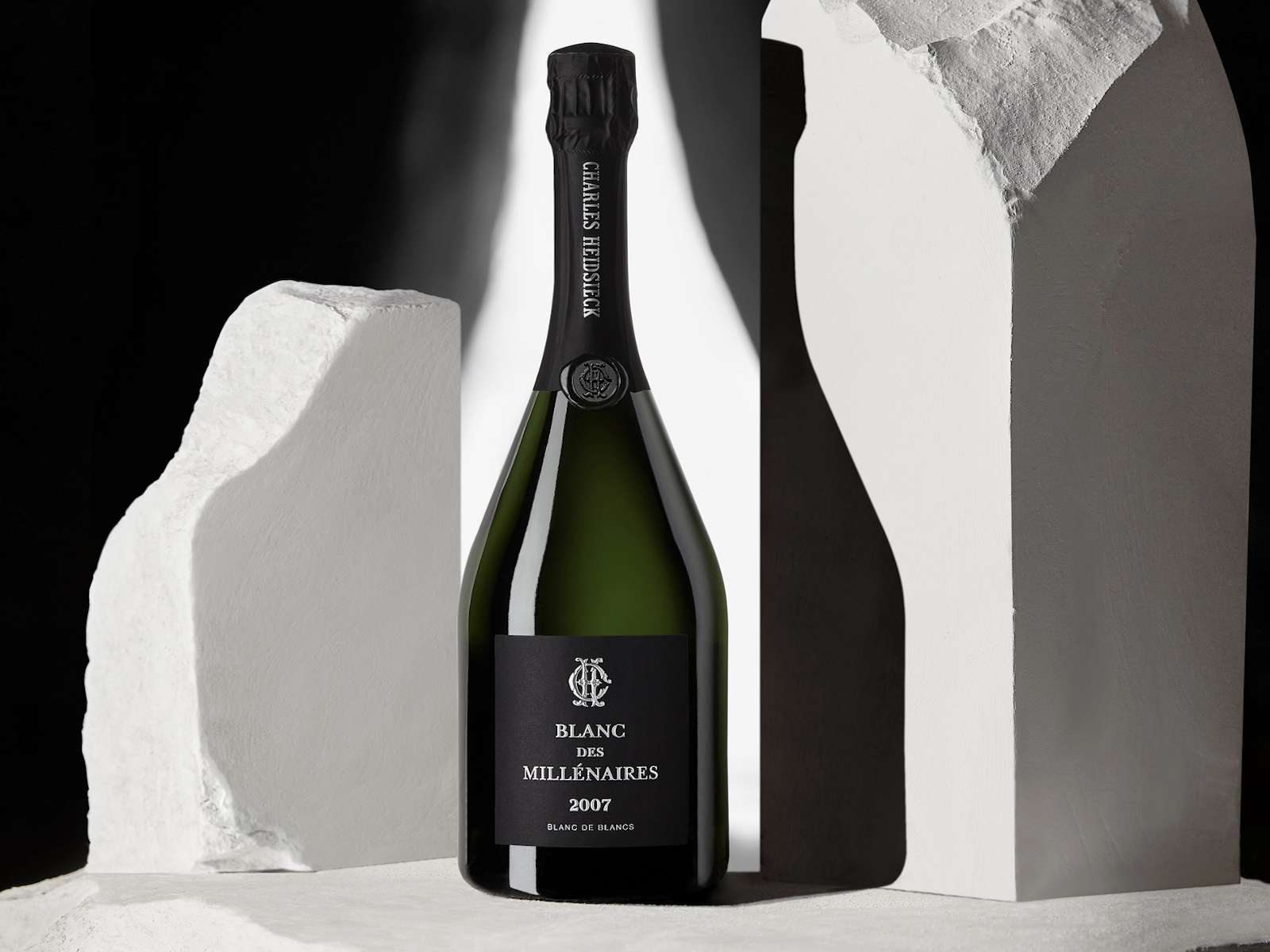Louis Roederer Salutes Camille with Second Vintage of Still Wines
This is the second vintage of Champagne house Louis Roederer's still wines, each made from a single parcel of vines and labelled under the Côteaux Champenois appellation.
It was last year, with the 2018 vintage, that the Champagne house Louis Roederer presented two still wines under the Côteaux Champenois appellation, an unusual step, but one that comes with quite some history – because Champagne was not always a sparkling wine. As the methods for making Champagne sparkling were perfected, still wines lost prominence.
A homage
Roederer, however, wanted to create these still wines in memory of Camille Olry-Roederer who ran the house from 1932 until 1975. Roederer CEO Frédéric Rouzaud, great-grandson of Camille, says: “When she invited her most loyal customers to dine with her, she liked to surprise them by serving the still wines from some of Louis Roederer’s finest vineyards. I wanted to pay homage to her.”
Single parcels
The two wines, one Pinot Noir and one Chardonnay, are from single parcels in single vineyards: the Pinot Noir is from a 0.43ha/1 acre parcel within the Charmont vineyard in the village of Mareuil-sur-Aÿ, the Chardonnay from a 0.55ha/1.3 acre parcel within the Volibarts vineyard in Mesnil-sur-Oger. “This is pure chalk, on the south-east facing side of Mesnil-sur-Oger, “ says Jean-Baptiste Lécaillon, cellar master, tasked with making making these single-vineyard expressions. The parcel was chosen for its very small berries that will bring extra concentration to the wine. Charmont, on the other hand, was chosen for its high clay content in the soil. It is a south-facing slope and the parcel chosen is very sheltered from the wind. The parcel was planted in 2002 with a massal selection of Pinots fin and très fin from Burgundy.
Volibarts Chardonnay
Making still wine rather than a base wine, or vin clair, that will be turned into a sparkling wine, demands different viticultural and oenological practices. The white wine was fermented in 23% new oak – the new oak however was not toasted but steam-bent, in order to have the mildest oak expression possible. The rest of the wine, 77%, was fermented in in a white limestone amphora. The white wines stayed there for nine months on their gross lees completing alcoholic and malo-lactic fermentation, with just a little lees stirring, then they are transferred to stainless steel to rest before bottling. Resting on gross lees, malo-lactic fermentation and slight lees stirring all help to add texture to this slender wine.
Charmont Pinot Noir
Making a still red wine is even more demanding. Lécaillon was at pains to tease as much expression from these vines. “I think I have to have concentration and this is a question of ripening, so I needed to fine-tune my yields.” In order to get more complexity and a different tannin structure, Lécaillon included about 30% of whole bunch grapes in the vinification – after pre-sorting in the vineyard the grapes were sorted again twice: once for inclusion as whole bunch – only the bunches with the ripest stems were chosen – and then another sorting for perfect ripeness. “I really wanted as much whole cluster as I could to give extra complexity and length, I want more dense, juicy fruit, more tannins but nice tannins, more grip.”
Lécaillon also speaks of “infusion” rather than extraction in winemaking: “The extract is very soft, three are no punch downs except the first punch down, then just gentle soaking by hand – there is nothing else.” The wines then mature for nine months in oak of which 47% was new, 29% was one year old and 24% two years old. Lécaillon also experimented with different coopers and notes that for the next vintages he will try and work with 600 litre rather than smaller Burgundy barrels. After oak ageing, the wines were transferred to stainless steel to age for another five months.
A walk on the wild side
For Lécaillon, all this is a work in progress: “We need to go further.” He is especially self-critical when it comes to the red wine: “I really need more concentration, not to make a big wine but to wrap all the tannins and freshness,” he says. “The only challenge we have is not to make a boring wine. We need to walk on the wild side, that is our target for 2023.”
More still wines
All of this, Lécaillon says, “is a work in progress, it requires skills and that is why it is important to have diverse plots, to have a diverse origins.” From 2021, there will be a new plot of Côteaux red. A plot in Dizy at higher altitude was planted to Roederer’s own massal selection of Pinot Noir in 2009 and this will come on stream in 2023. Then there is a further plot in Mareuil-sur-Aÿ planted five years ago, also earmarked for still red wine. The newer plots were planted to high density, just to get more of the concentration needed for the still wines. “I could imagine Roederer in 20 years having four or five different climats of Champenois reds, and perhaps white as well. That is what Camille did,” Lécaillon says.
CLICK ON THE BUTTONS TO READ THE TASTING NOTES

